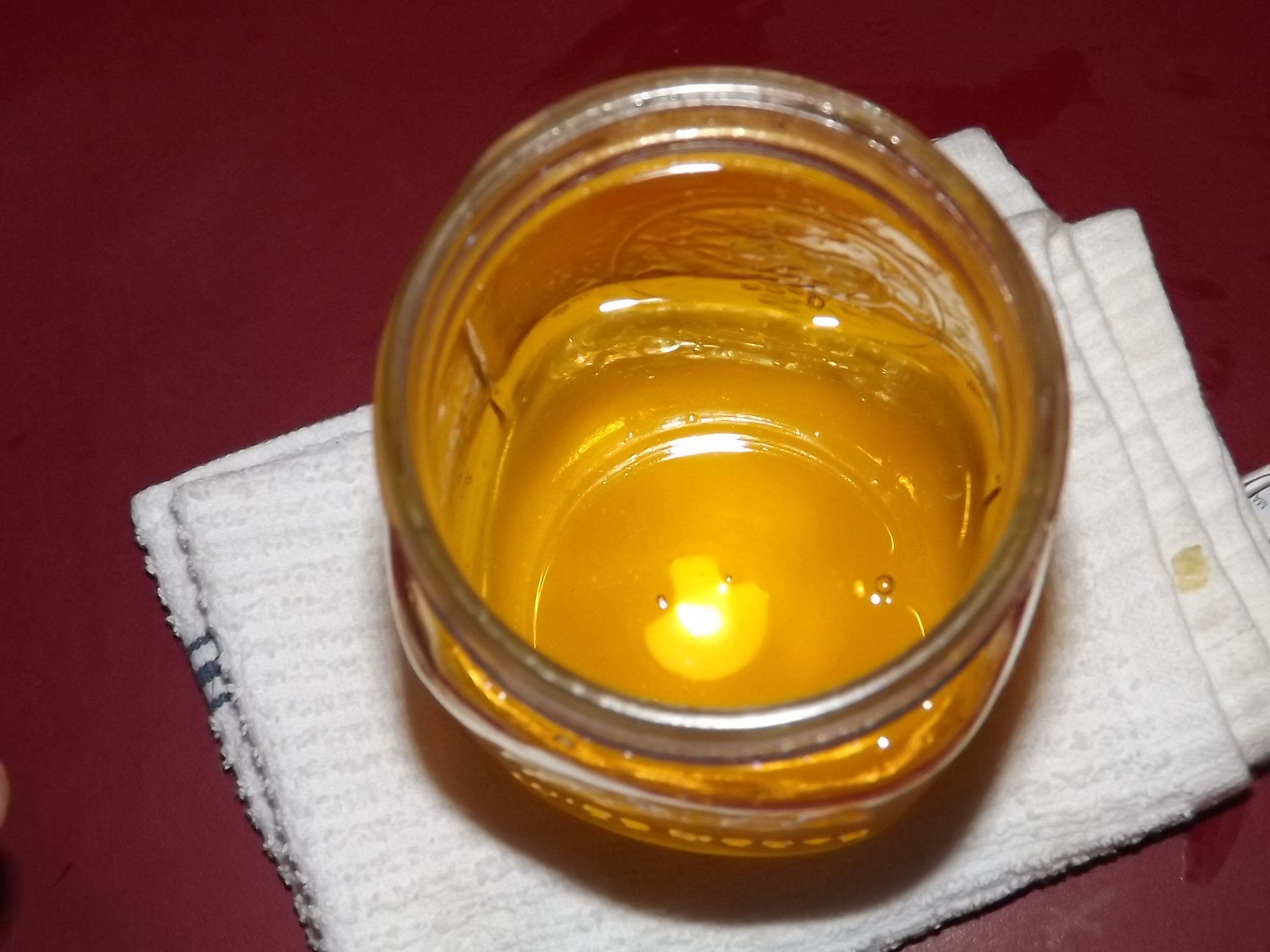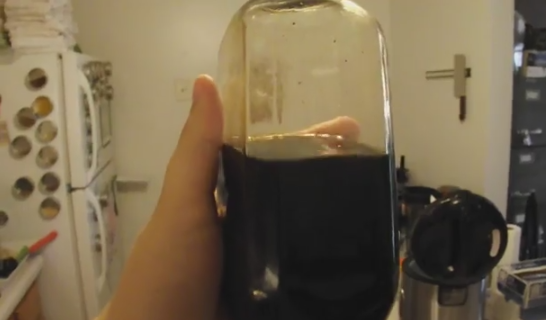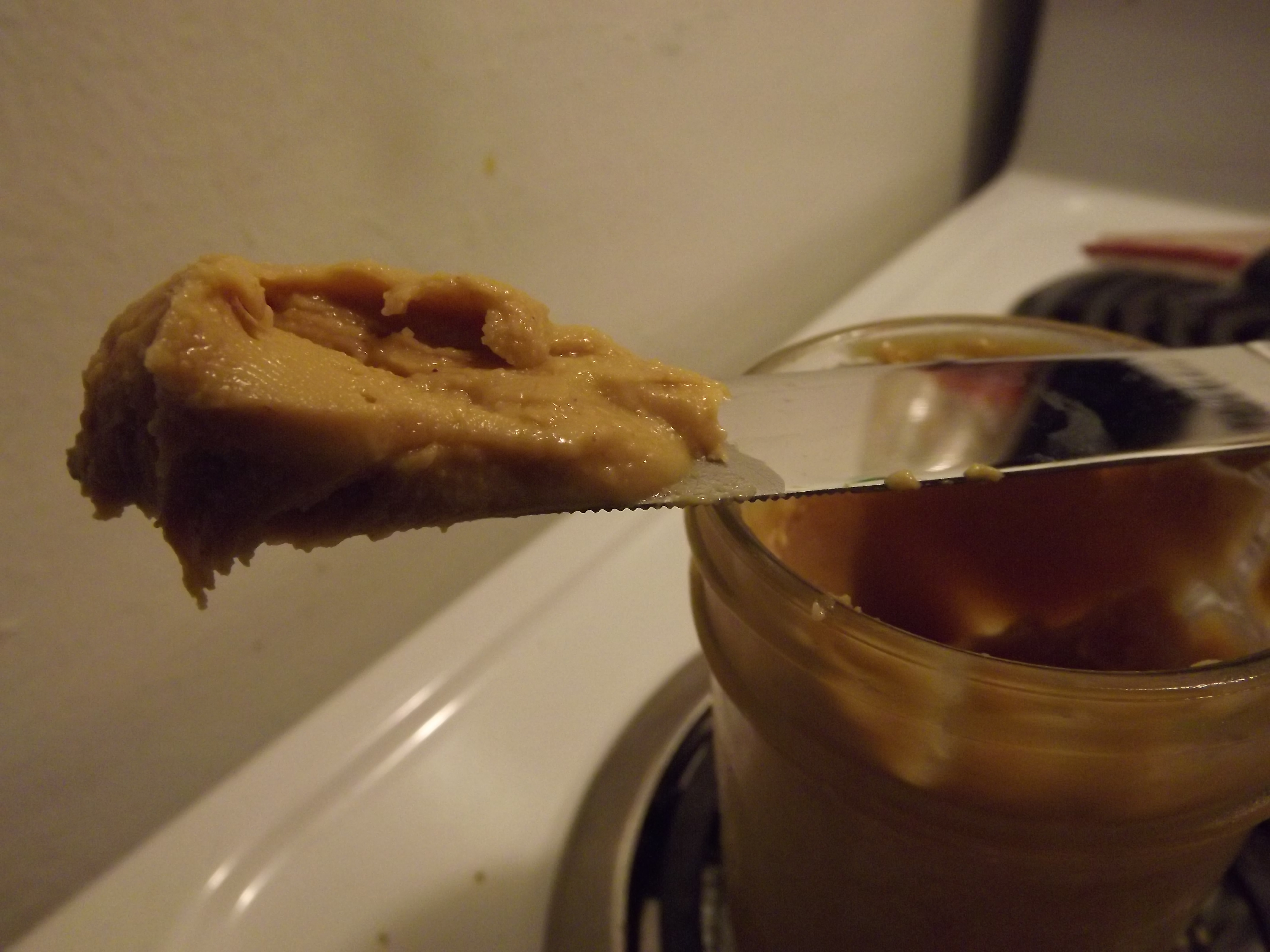How to make ghee | The EASIEST Way

Ghee
Prep time
Cook time
Total time
Stop spending a fortune buying ghee from the store when it can be made at home in less than 30 minutes for a whole lot less!
Author: FaylinaMeir
Serves: 2 cups
Ingredients
- 1 pound butter
- 1 tablespoon water
Instructions
- Unwrap your butter and cut into smaller sized pieces, you don't have to do this, but it'll make the process a little faster. Add your pieces into a stainless steel pot and put on the stove over medium.
- Using a metal spoon (note not plastic!), stir your butter until it is melted. Once it melted and there are bubble starting to come up, turn your heat down to low. If the bubbles are too big, you will need to turn it down further, until they are similar to the video.
- Set your timer for 20 minutes and walk away... yes walk away. We don't need to skim the milk solids off (although you could). As long as you use a large enough pot on a low heat so you won't boil it over, you don't need to watch it.
- After 20 minutes, if the milk solids seem nicely separated go ahead and add about 1 tablespoon of water to this mixture and stir. Don't be concerned when it starts to make loud popping sounds, this is normal. Cook for another 2-5 minutes to ensure the water is all boiled off. If you like a more nutty roasted flavor in your ghee, continue to cook 5-15 more minutes keeping close eye on it. Ghee will go from perfect to burned in a matter of seconds once it hits a certain point.
- Let your ghee cool off for 5-10 minutes to make it safer to strain. Strain through a fine mesh strainer, paper towel, cheesecloth, or anything you have that will catch the milk solids. I suggest you use a glass container with a tight fitting lid. DO NOT USE PLASTIC. Plastic will leech out a nasty flavor over time into your ghee, plus you could melt it... never a good idea.
- Congratulations! You made ghee and saved yourself a lot of money over buying it!
Notes
Contrary to what some people say, you CAN use salted butter. I use salted Kerrygold butter and it gives the final product a slightly salty flavor and a grainy texture.
Ghee is shelf stable so you don't have to put it in the fridge. You can if you want, but there is no point. It should last anywhere between 3 months and 1 years in an air-tight container, but try to use it as soon as possible for best flavor.
The quality of butter you use GREATLY effects the end result. Normal cheap store bought butter which looks almost white, has no real flavor and you'll notice it's probably a lot more water. Try to find a grassfed butter for this application.
Ghee is shelf stable so you don't have to put it in the fridge. You can if you want, but there is no point. It should last anywhere between 3 months and 1 years in an air-tight container, but try to use it as soon as possible for best flavor.
The quality of butter you use GREATLY effects the end result. Normal cheap store bought butter which looks almost white, has no real flavor and you'll notice it's probably a lot more water. Try to find a grassfed butter for this application.
Nutrition Information
Serving size: 1 teaspoon Calories: 45 Fat: 5 Saturated fat: 3 Sugar: 0 Sodium: 0 Cholesterol: 10




